May 19, 2025 | 02:58 GMT +7
May 19, 2025 | 02:58 GMT +7
Hotline: 0913.378.918
May 19, 2025 | 02:58 GMT +7
Hotline: 0913.378.918
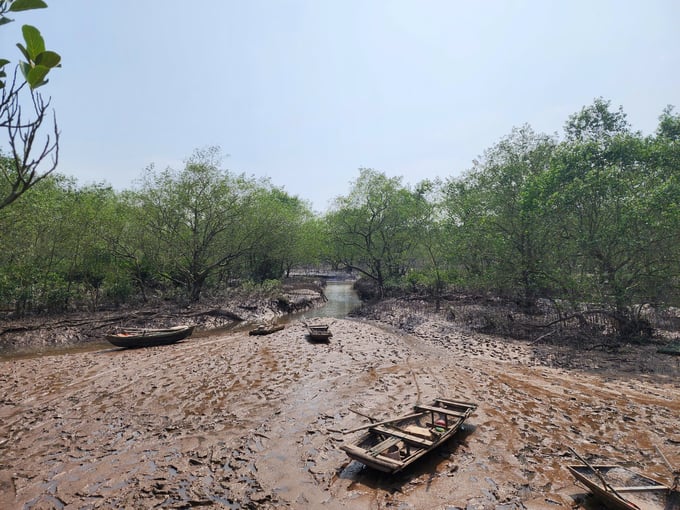
Mangrove forests in Hai Phong are not only a source of livelihood for tens of thousands of coastal residents but also a safe wave-break belt. Photo: Dinh Muoi.
Hai Phong city has many tidal flats and mangrove forests, which are primarily located in districts such as Thuy Nguyen, Kien Thuy, Tien Lang, Cat Hai, Do Son, Duong Kinh, and Hai An. The coastline of the city is approximately 125 km long.
Nearly 3,000 hectares of mangrove forests in Hai Phong have been helpful in the protection of sea dikes, the prevention of erosion, the capture of sediment, the expansion of mudflats, and the establishment of a foundation for dike reclamation and marine economic development in recent years. During the most recent typhoon, No. 3, these mangrove forests, despite being severely damaged, were able to safeguard the dike system, aquaculture areas, and residential communities.
The Tan Thanh subdivision of Duong Kinh district is home to a 4 km sea dike and a concentrated aquaculture area that provides support to hundreds of households. The entire shrimp farming area was virtually unused over 30 years ago, as local residents were hesitant to cultivate, due to the sparse and fragmented mangrove forests. Seawater would occasionally overflow the dike during severe hurricanes, forcing the evacuation of residents.
Typically, the mangrove forest is calming and provides the locals with a source of income, as they frequently gather crabs and clams during low tide. Nevertheless, these forests serve as a "steel" shield during storms, assuring the safety of thousands of households behind the dike. In the event of a typhoon, the nearly 120-hectare mangrove forest ensured the safety of the entire dike line by dispersing the wind force before it reached residential areas and shrimp ponds.
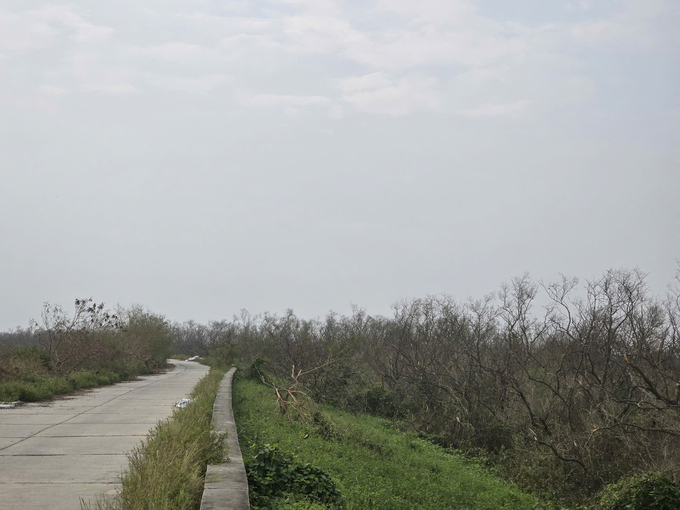
The mangrove forest in Tan Thanh ward, Duong Kinh district helped protect the sea dike during the recent super typhoon Yagi. Photo: Dinh Muoi.
Mr. Hoang Dinh Hoi, Vice Chairman of the People's Committee of Tan Thanh ward, stated that the mangrove forest has been highly effective in safeguarding the over 4 km long sea dike and preventing sea surges in the ward for several decades.
Mr. Doan Van Vuon, who has extensive experience in mangrove planting and possesses several dozen hectares of coastal ponds in Vinh Quang commune, in Tien Lang district, recalls the days of fleeing from storms. He was purchasing rice to raise ducks at that time, and on rainy days, he would observe lengthy lines of individuals fleeing storms. Only after the successful establishment and expansion of mangrove forests in the region did this circumstance come to an end.
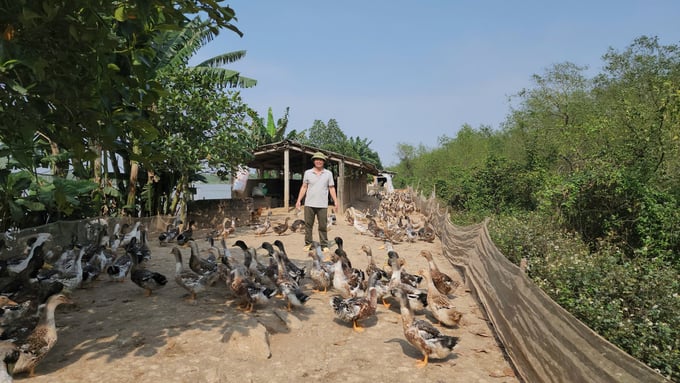
Mr. Doan Van Vuon's family's livestock farming area is protected by mangrove forests. Photo: Dinh Muoi.
Mr. Vuon clarified that the role of mangrove forests has been acknowledged; however, the cultivation of these forests in Vinh Quang commune has been challenging due to the strong winds and waves that have previously impeded the efforts of Japanese specialists. Mr. Vuon and the local community eventually devised the concept of allowing mangrove seeds to drift freely, thereby enabling them to take root naturally, as a result of years of experience and collaboration with a variety of organizations and experts. Resilient seedlings expanded over time, resulting in the extensive mangrove forests that are visible today.
"My family had 2,000 sea ducks prepared for sale and 340,000 tilapia on two hectares prior to the storm. I initially believed that we had lost everything after the hurricane, as the mangrove forest was severely damaged. However, the losses were minimal, and the ducks and fish ponds survived", Mr. Vuon contemplated the possibility of losing everything today if the mangrove forest had not existed.
In an interview with Vietnam Agriculture News, Mr. Vu Hong Nam, the Head of the Agriculture Department of Tien Lang district, disclosed that the district contains 810 hectares of mangrove forest in coastal communes including Dong Hung, Tay Hung, and Vinh Quang. These mangroves have served as tidal barriers for more than 20 kilometers of sea dikes over the years. For example, the aquaculture and dikes in Tien Lang remained undamaged during the recent super typhoon No. 3. The households surrounding the sea dike in the area suffered minimal damage.
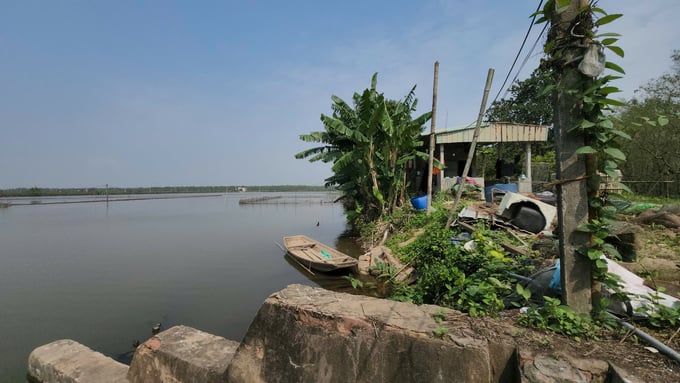
With the protection of mangrove forests, Mr. Vuon's family's aquaculture area is still safe despite being outside the sea dike. Photo: Dinh Muoi.
"The large, wide-leaved mangroves have helped protect the sea dikes, reducing maintenance costs and providing local residents with seafood resources," according to Mr. Nam.
Currently, the city is home to approximately 2,700 hectares of mangrove forest, which are essential for the preservation of sea dikes, the prevention of erosion, the stabilization of sediment, and the expansion of mudflats, as per the Hai Phong Forest Protection Department. In addition to preserving sea dikes and decreasing maintenance expenses, they also serve as a source of seafood for the local community. As a result, Hai Phong has initiated a project to restore, develop, and safeguard coastal mangrove forests from the outset.
The mangrove forest area in Hai Phong has increased from nearly 300 hectares in 1990 to nearly 3,000 hectares today, despite the conversion of some mangrove areas for aquaculture or industrial development since 1992.
Translated by Linh Linh
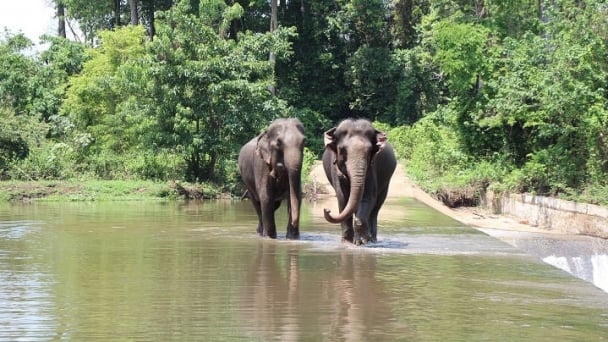
(VAN) 14 out of 35 domesticated elephants in Dak Lak province have had their living conditions improved, with 11 of them currently participating in the non-riding elephant tourism model.
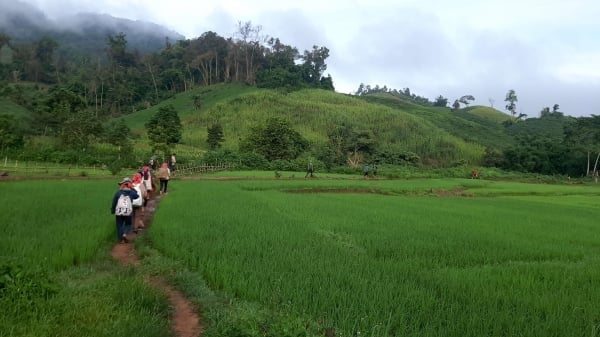
(VAN) Muong Nhe Nature Reserve hopes that being upgraded to a national park will lay the foundation for forest protection efforts to be carried out in a systematic, modern, and sustainable manner.
/2025/05/16/3923-2-171845_52.jpg)
(VAN) Lower costs, higher yields, and improved soil quality are outstanding benefits that soybeans bring when integrated into the crop rotation system.
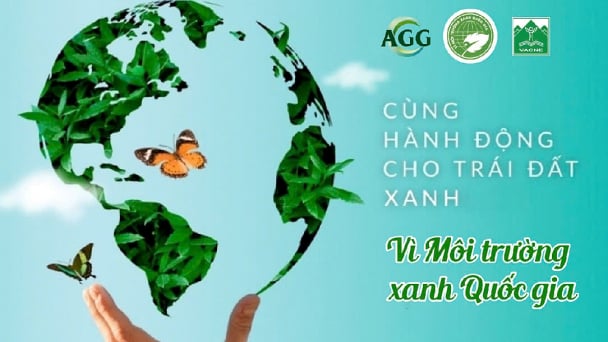
(VAN) The 'For a Green National Environment' programme aims to promote a green lifestyle, support businesses in implementing ESG practices, and turn Net Zero commitments into concrete actions.
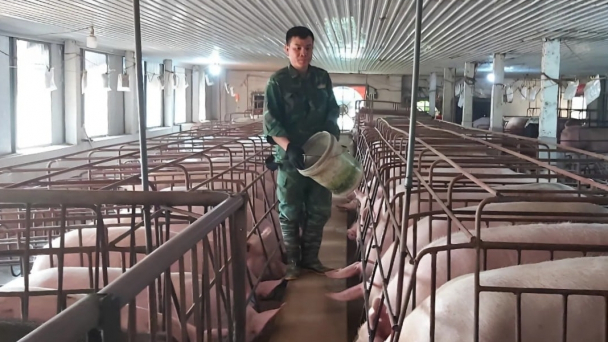
(VAN) Cold-barn systems efficiently manage environmental and temperature conditions, which aids in the prevention of respiratory diseases in pigs and protects them from the vectors that transmit African swine fevers.
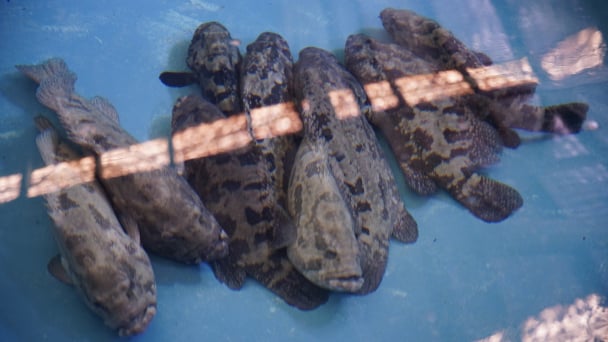
(VAN) To tackle challenges, the project 'Addressing key technical bottlenecks in the grouper supply chain in Vietnam' has been underway since 2024.
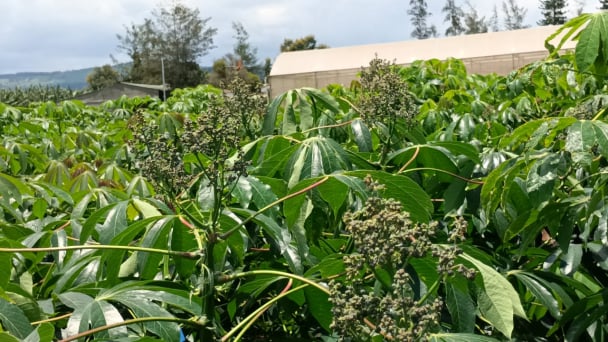
(VAN) The project 'Disease-Resilient and Sustainable Cassava Production Systems in the Mekong Region', funded by the Australian Center for International Agricultural Research (ACIAR), is being implemented from 2024 to 2028.